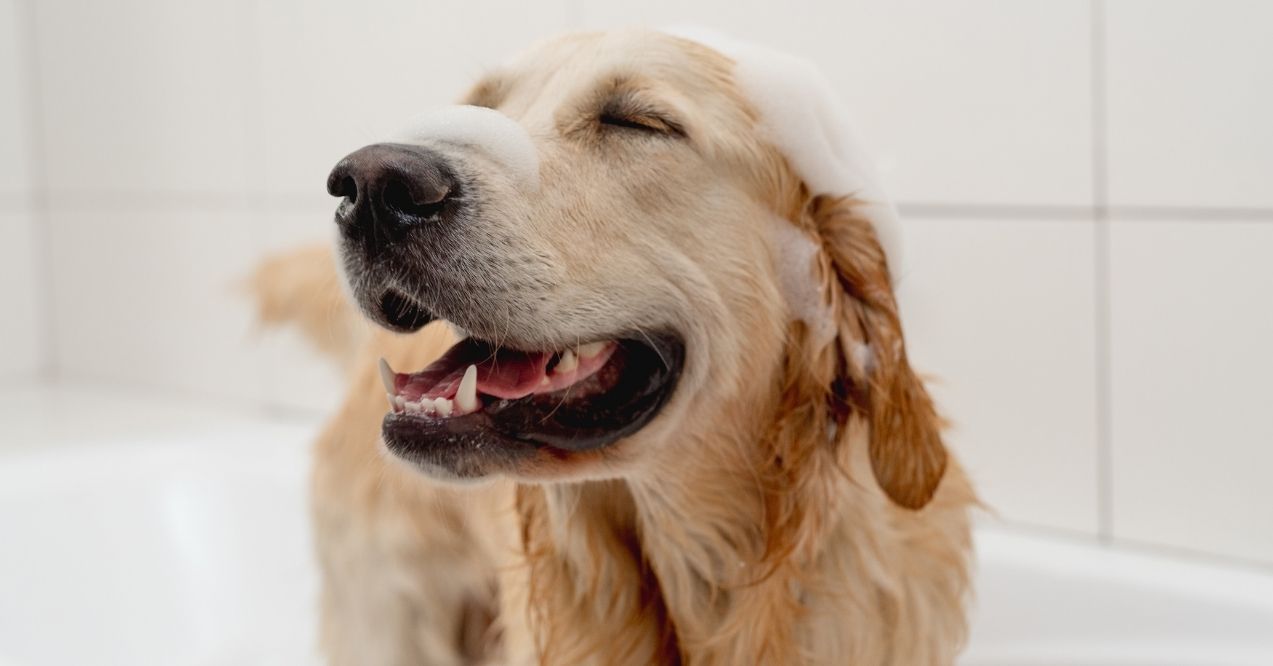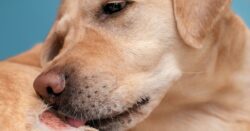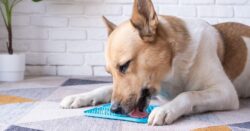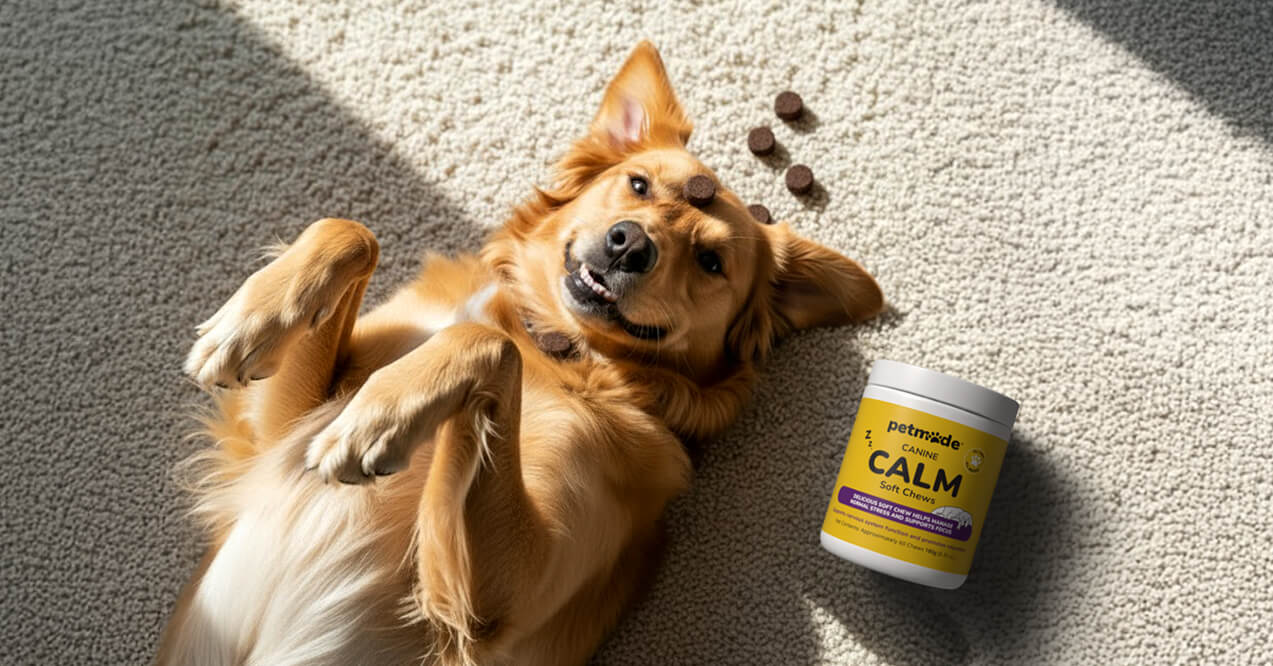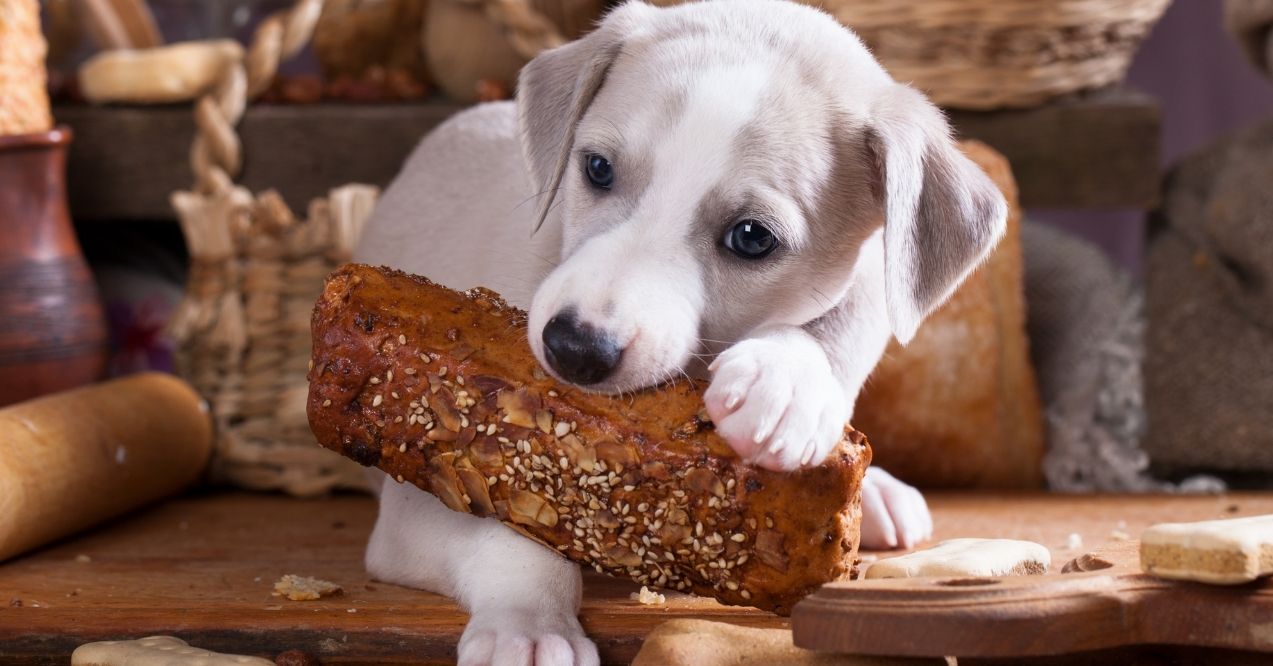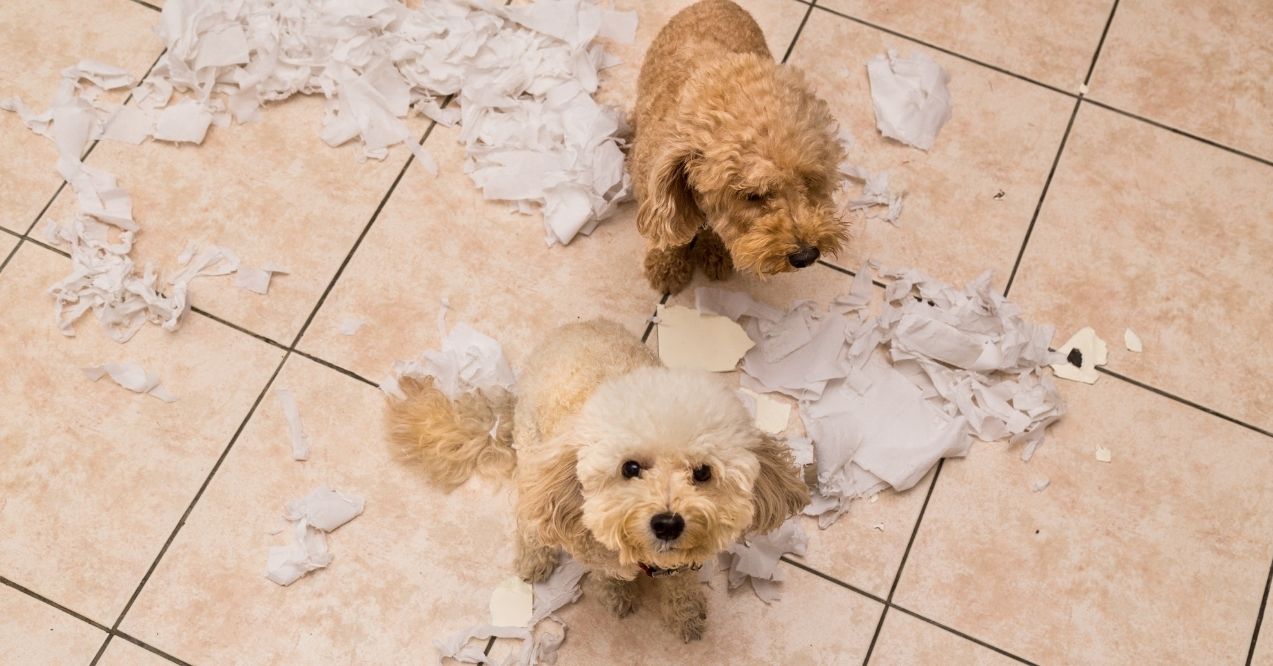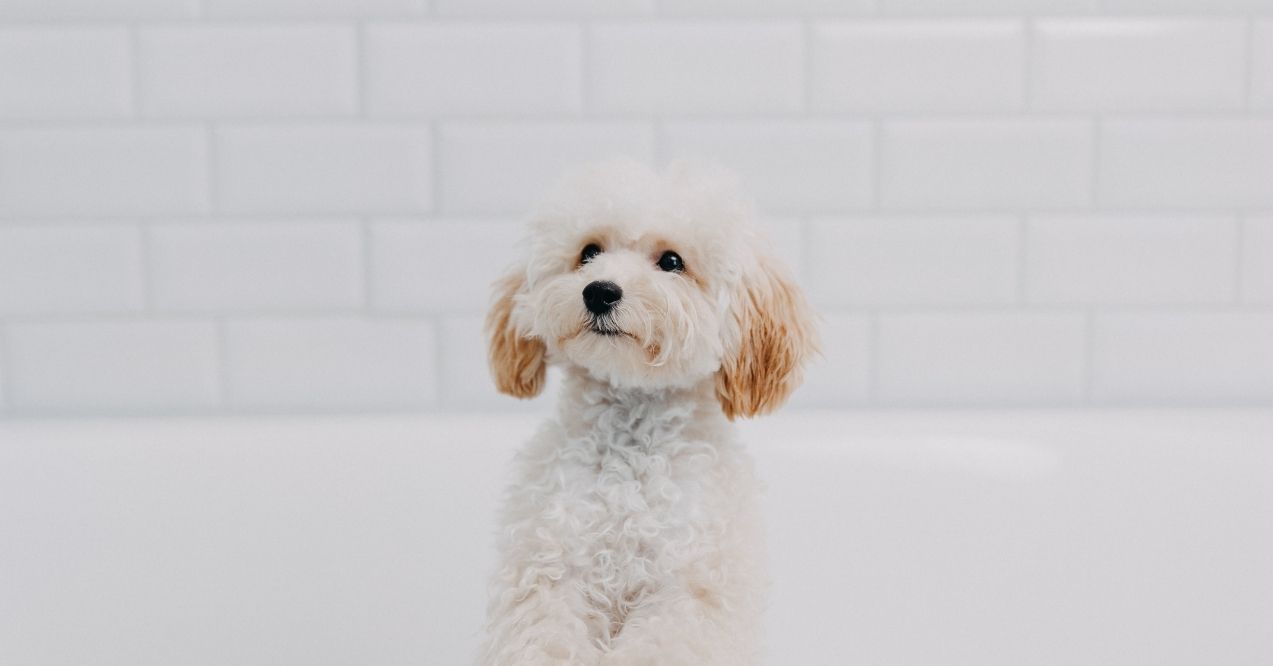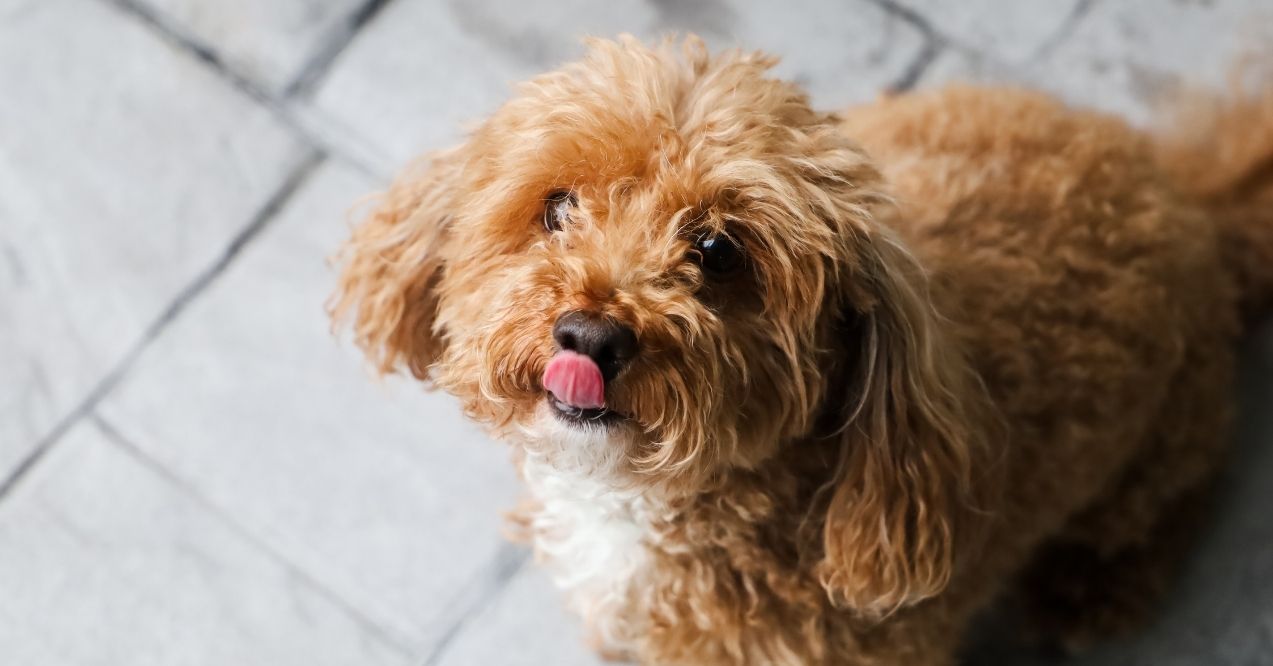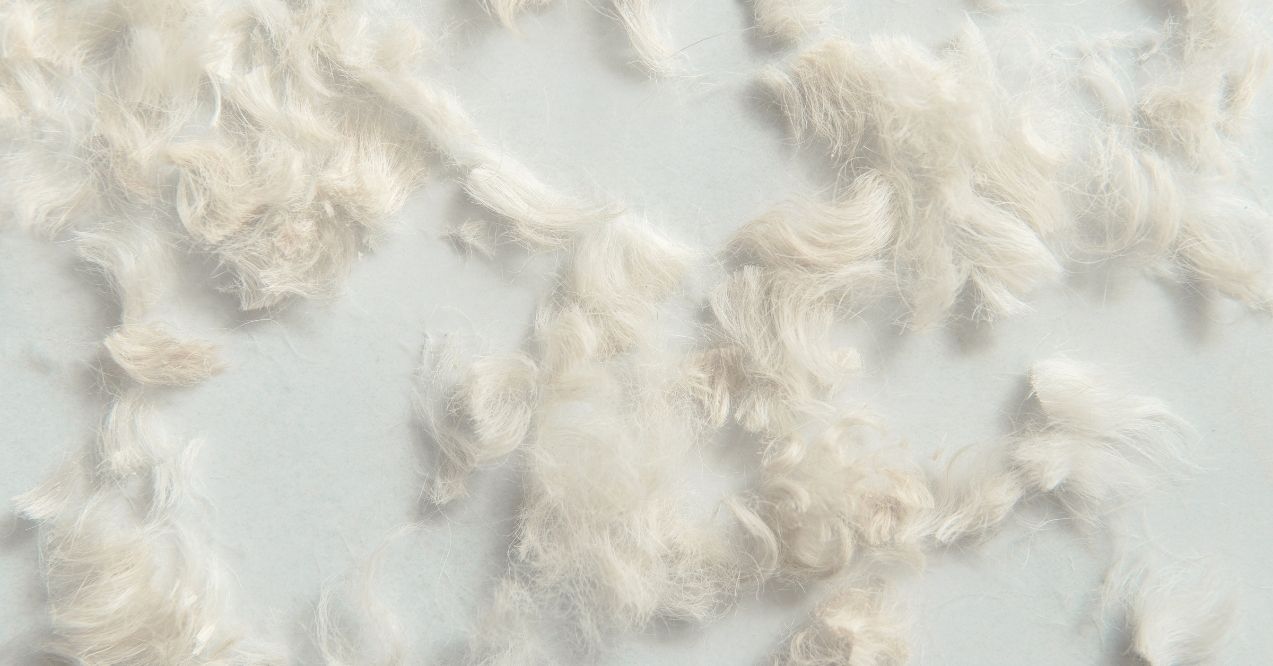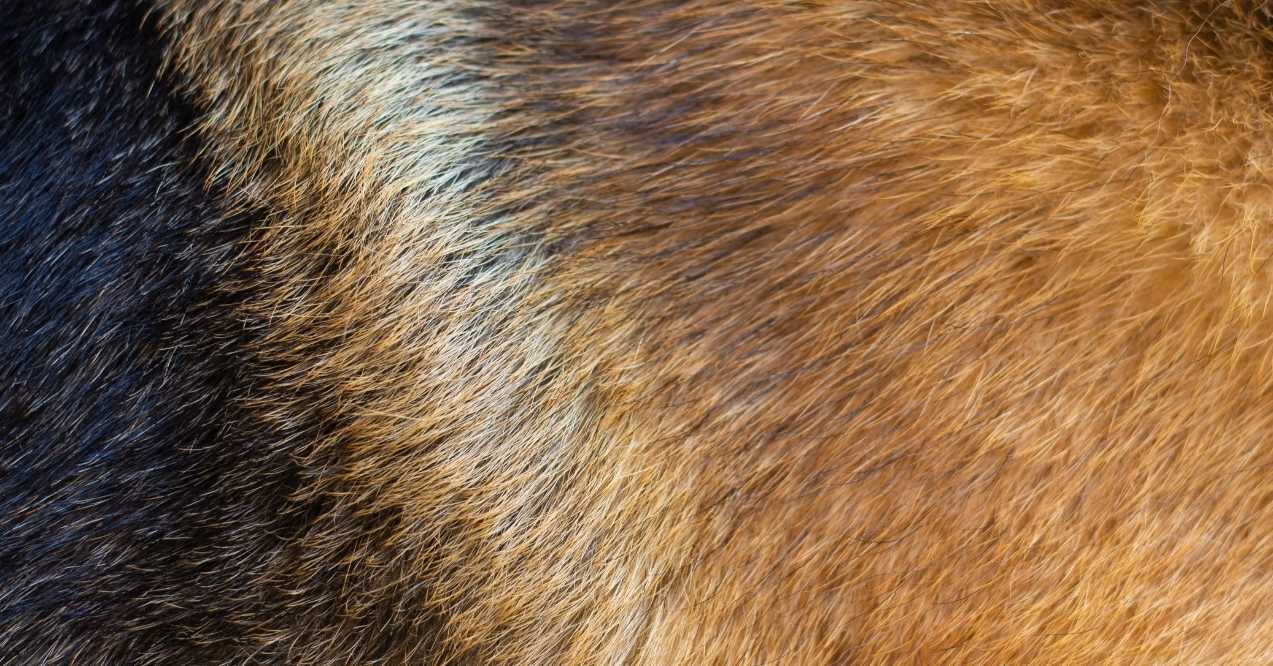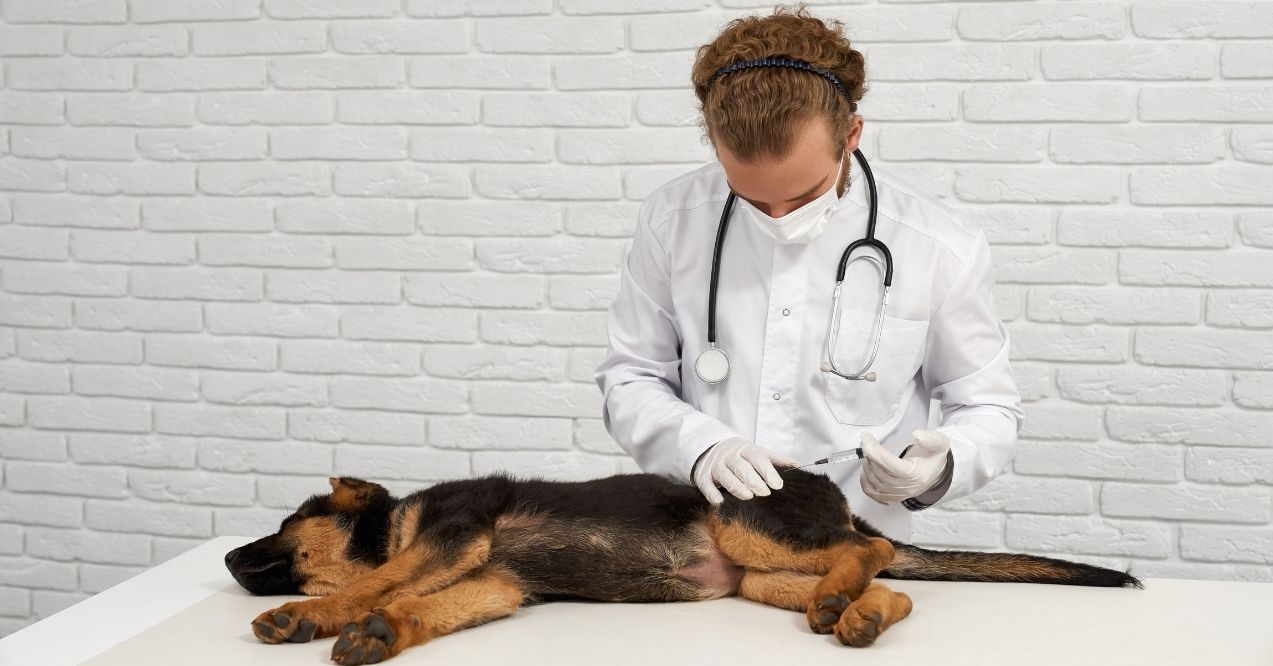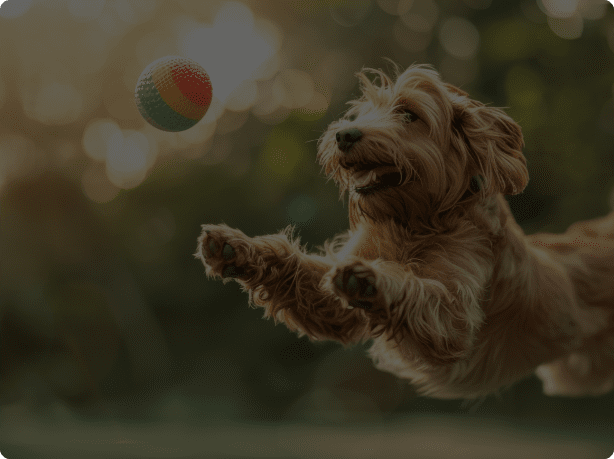How to Care for a Golden Retriever
Learning how to care for a Golden Retriever goes beyond just providing food and a cozy bed. These friendly, intelligent dogs have specific needs that help them stay happy and healthy throughout their lives.
Golden Retrievers bring endless joy and companionship with their wagging tails and sunny personalities, but they also need proper daily care. From their thick, golden coats to their playful energy, these beloved dogs thrive with the right balance of grooming, exercise, nutrition, and mental stimulation.
Let’s dive into everything you need to know about taking care of a Golden Retriever, from puppyhood through their senior years.
How to Take Care of a Golden Retriever
Taking care of a Golden Retriever involves understanding their unique needs. These friendly dogs have thick double coats, high energy levels, and social personalities that influence how you should care for them.
The following sections break down the essential aspects of Golden Retriever care, from grooming routines to exercise requirements and feeding guidelines. With the right approach, you’ll set your furry friend up for a healthy, happy life by your side.
Grooming & Hygiene
Golden Retrievers have a beautiful double coat that needs regular attention. For effective brushing, use a slicker brush and undercoat rake 2-3 times weekly, increasing to daily during heavy shedding seasons (spring and fall). This helps distribute natural oils and prevents painful matting.
Bathe your Golden every 4-6 weeks using dog-specific shampoo. Pay special attention to their feathered areas—the longer fur on legs, chest, tail, and behind the ears—as these sections easily trap dirt and can become matted.
Key hygiene points to remember:
- Clean ears weekly with a vet-approved solution and cotton ball
- Trim nails every 3-4 weeks to prevent splitting and discomfort
- Brush teeth regularly with dog-friendly toothpaste or provide dental chews
Their floppy ears may trap moisture, potentially leading to infections, so regular cleaning is important. Avoid cotton swabs that might harm the ear canal.
Exercise & Activity
Golden Retrievers need at least 60 minutes of activity daily to stay physically and mentally balanced. Dogs who don’t get enough exercise may develop unwanted behaviors like chewing furniture, excessive barking, or digging. Split activity into morning and evening sessions for better energy management.
Swimming offers perfect exercise for Golden Retrievers, as they naturally love water. Their retrieving instinct makes fetch games ideal for physical activity. Use balls, frisbees, or floating toys to combine their love of water and retrieving.
These smart dogs also need mental workouts through:
- Puzzle feeders that make them work for treats
- Hide-and-seek games with toys or family members
- Training sessions for new tricks or commands
Mental stimulation may tire them out as much as physical exercise and helps prevent boredom-related behaviors. Even a 15-minute training session can provide valuable mental stimulation on busy days.
Feeding & Nutrition
Proper nutrition forms the foundation of Golden Retriever care. Puppies (8-12 weeks) need 3-4 small meals daily, gradually reducing to 2 meals for adults. Adult Goldens typically eat 2-3 cups of food daily, divided into two meals, though active dogs may need more.
Choose high-quality dog food with meat as the first ingredient. Look for options with joint-supporting nutrients like glucosamine and omega fatty acids for coat health. Avoid foods with excessive fillers like corn and wheat gluten.
Golden Retrievers love to eat and may gain weight easily. Monitor their waistline and adjust portions as needed.
Some helpful weight management tips include:
- Limit treats to 10% of daily calories
- Choose healthy options like small pieces of carrot or apple
- Weigh your dog monthly to track changes
Always keep fresh water available and consult your vet if you notice significant weight changes.
Taking Care of a Golden Retriever Puppy

Taking care of a Golden Retriever puppy requires patience and consistency. Crate training helps establish a safe space and aids in housebreaking. Start with short periods and gradually increase time, making the crate comfortable with soft bedding and toys. Never use the crate as punishment.
Golden puppies explore the world with their mouths. During teething (3-7 months), they need appropriate chew toys to satisfy this urge and soothe gum discomfort. Rotate toys to maintain interest and choose different textures like rubber, rope, and soft plush options.
Feeding and training guidelines for puppies:
- Feed 3-4 times daily until 6 months, then twice daily thereafter
- Measure portions carefully to support healthy growth
- Begin socialization (8-16 weeks) with various people, places, and animals
- Start basic training with short, positive sessions focusing on simple commands
Early socialization builds a confident, well-adjusted adult dog. Begin basic training with short sessions teaching commands like “sit,” “stay,” and “come” using treats and praise. Gradually transition to adult food around 12-18 months.
Creating the Best Home Environment
Golden Retrievers adapt well to different living situations but thrive with thoughtful environmental adjustments. Your home setup plays a key role in your dog’s comfort and safety.
Seasonal comfort considerations:
- Hot months: Provide shade, fresh water, and limit exercise to cooler hours
- Summer additions: Cooling mats and kiddie pools for outdoor play
- Winter care: Shorter walks and protective booties to shield paws from ice and salt
Create dedicated quiet spaces where your Golden can relax undisturbed. Place beds in low-traffic areas and consider an orthopedic bed for optimal joint support, especially as they age. Establish boundaries using baby gates to keep certain areas off-limits rather than constantly correcting them.
Golden Retrievers are curious and may chew or investigate items within reach.
Keep your home Golden-proof by:
- Securing trash cans with locking lids
- Storing medications and cleaning supplies in cabinets
- Tidying electrical cords and removing small chewable items
- Being cautious with toxic houseplants
These simple adjustments help prevent accidents and create a safer space for everyone.
Golden Retriever Behavior & Emotional Well-Being

Golden Retrievers form strong bonds with their families and truly shine with regular companionship. These social dogs often follow their humans from room to room, seeking involvement in daily activities. Signs of loneliness include destructive behavior, excessive barking, and unusual withdrawal.
Daily socialization needs:
- Interactive play sessions (fetch, tug-of-war)
- Training time that challenges their mind
- Simply relaxing together in the same space
- Opportunities to meet other dogs and people
If your schedule requires time away, gradually build independence by practicing short absences and rewarding calm behavior. Leave interactive toys or long-lasting chews, and consider doggy daycare or a pet sitter for longer periods. Background noise from a radio or TV may provide comfort when home alone.
Golden Retrievers typically greet visitors with enthusiasm that can overwhelm some people. Manage their excitement by:
- Teaching alternative behaviors like bringing a toy or sitting for attention
- Establishing consistent daily routines for feeding, walks, and play
- Rewarding calm behavior rather than giving attention during jumping
- Providing exercise before expected visitors arrive
Things NOT to Do With a Golden Retriever
Taking care of a Golden Retriever involves knowing what to avoid as much as knowing what to do. Several common mistakes can impact your dog’s health and happiness.
Avoid skipping exercise. These energetic dogs need daily activity to prevent boredom and unwanted behaviors. Without proper outlets, they may become destructive, anxious, or develop weight problems. Even on busy days, make time for at least a short walk or play session to maintain physical and mental balance.
Don’t feed table scraps. While those pleading eyes make it tempting to share your meal, human food often contains ingredients harmful to dogs:
- Can lead to obesity and digestive issues
- Creates picky eating habits and begging
- Some foods (chocolate, grapes, onions) are toxic
- Disrupts balanced nutrition
Neglecting regular grooming leads to more than just a messy appearance. Infrequent brushing allows mats to form, which pull skin and cause pain. Skipped ear cleaning raises infection risk, while ignored dental care can lead to gum disease and tooth loss.
Provide mental stimulation. Many owners underestimate how much mental exercise Golden Retrievers need. Keep their intelligent minds engaged by:
- Rotating toys weekly to maintain interest
- Incorporating training into daily routines
- Using puzzle feeders instead of regular bowls
- Teaching new tricks and commands regularly
A bored Golden often becomes a mischievous Golden, finding their own entertainment through unwanted behaviors.
Conclusion
Taking care of a Golden Retriever brings incredible rewards alongside important responsibilities. These lovable companions thrive with consistent grooming to maintain their beautiful coats, regular exercise to channel their natural energy, and quality nutrition to support their overall health. Remember that mental stimulation is just as vital as physical activity for these intelligent dogs.
Creating a safe, comfortable home environment helps your Golden feel secure, while understanding their social needs supports their emotional well-being. By avoiding common mistakes like skipping exercise or neglecting grooming, you’ll help prevent many potential health and behavioral issues.
Golden Retrievers aren’t hard to care for, but they do need regular grooming, exercise, and attention. Their friendly, trainable nature makes them relatively easy for most families, though their shedding and exercise needs require consistent time commitment.
Brush your Golden Retriever 2-3 times weekly, increasing to daily during heavy shedding seasons (spring and fall). Bathe them every 4-6 weeks, clean ears weekly, and trim nails monthly for complete grooming care.
Adult Golden Retrievers can generally handle being alone for 4-6 hours if properly exercised first. Puppies need more frequent attention. Consider a midday dog walker or daycare for longer absences to prevent loneliness and boredom.
Golden Retrievers require moderate maintenance. They need regular grooming to manage shedding, daily exercise, and social interaction. While not the most high-maintenance breed, they do need consistent care and attention to thrive.
Advertisement. This site offers health, wellness, fitness and nutritional information and is designed for educational purposes only. You should not rely on this information as a substitute for, nor does it replace, professional medical advice, diagnosis, or treatment. If you have any concerns or questions about your health, you should always consult with a physician or other health-care professional. Do not disregard, avoid or delay obtaining medical or health related advice from your health-care professional because of something you may have read on this site. The use of any information provided on this site is solely at your own risk.
